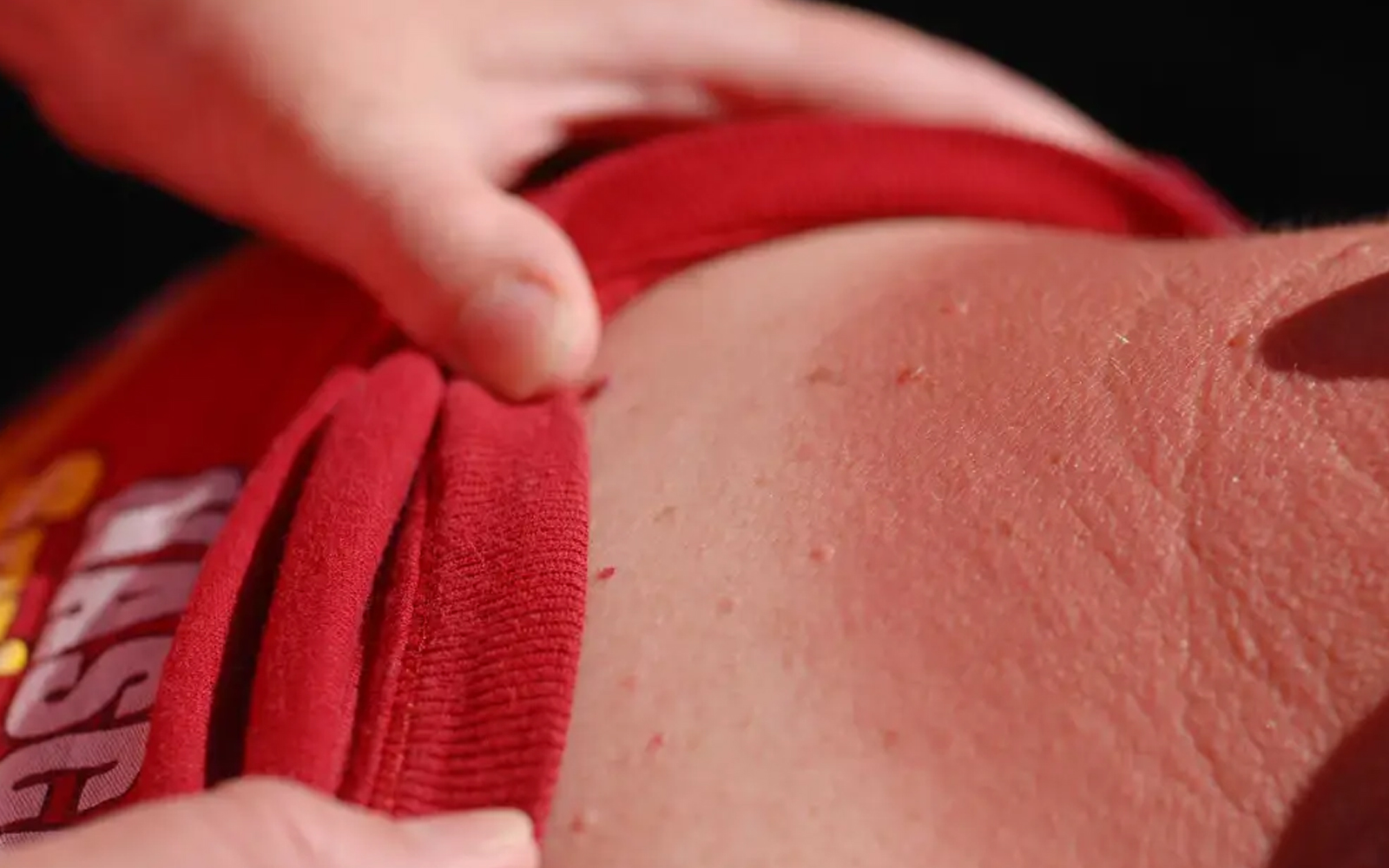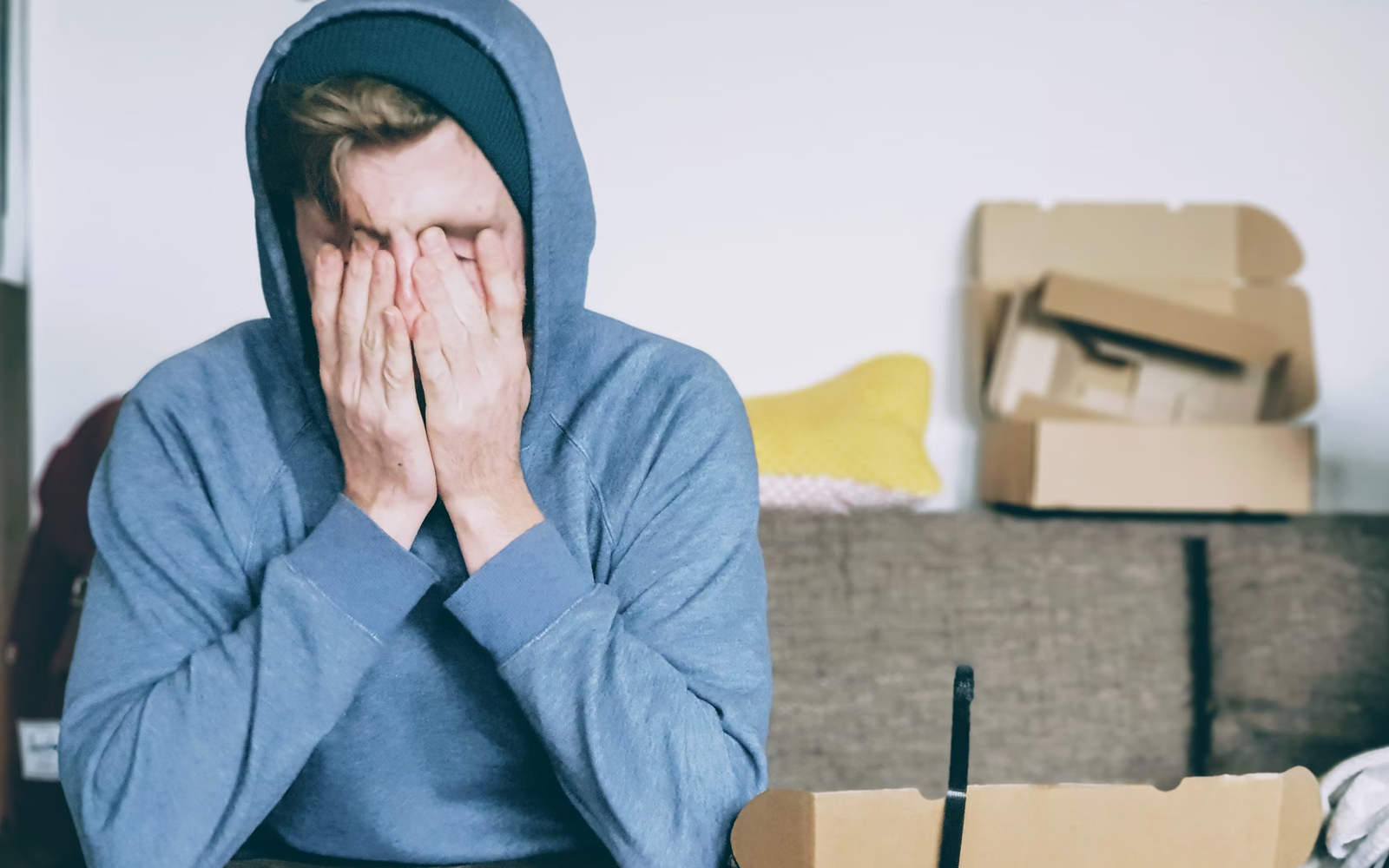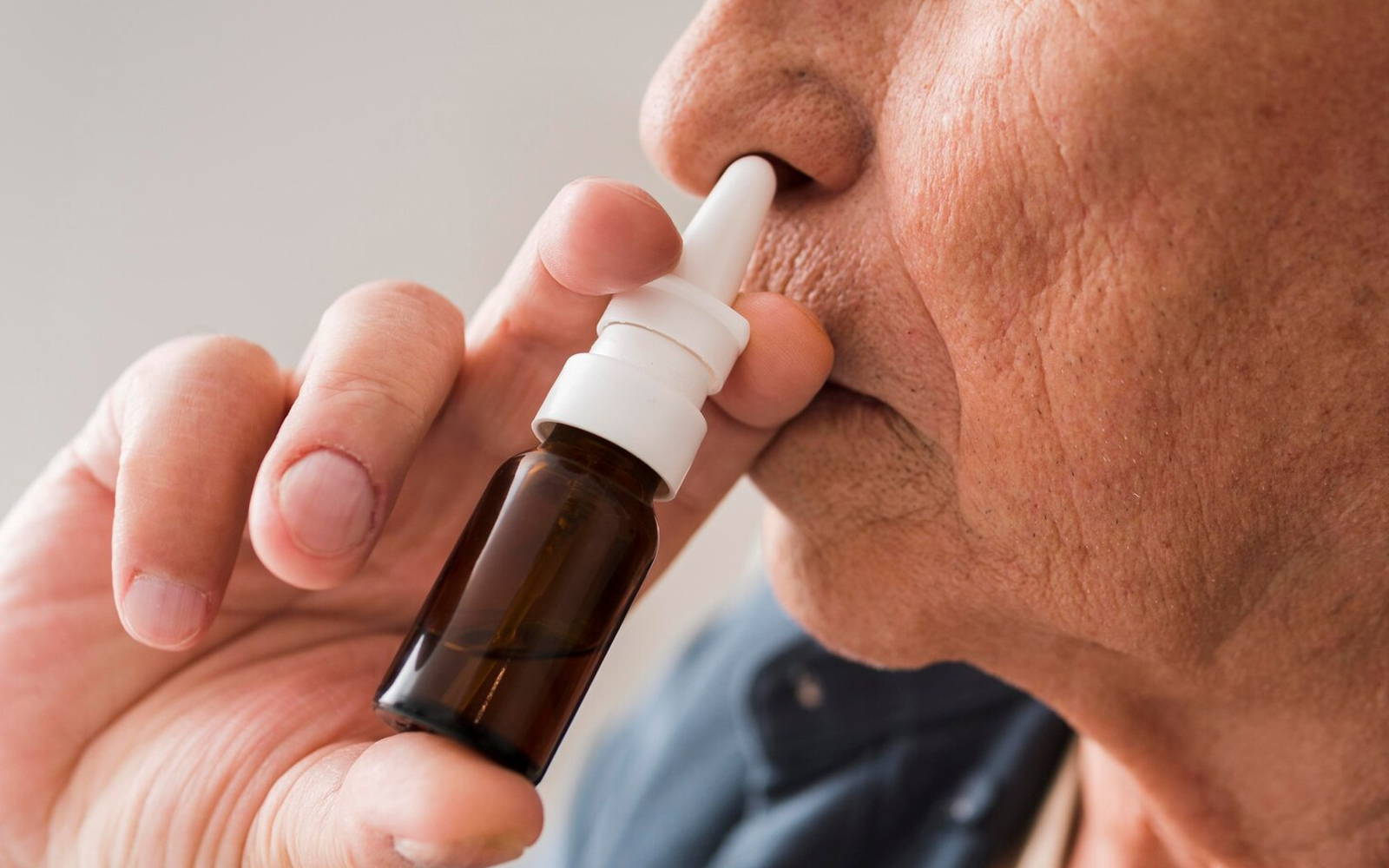
Heatwaves can pose serious risks, one of the most common being heatstroke. Learn more about its effects in this article.
While humans are well-adapted to various environmental conditions, extreme weather can take a toll on our bodies. Summer heat can lead to multiple dangers caused by overheating.
Overheating can range in severity, and in extreme cases, it can be life-threatening.
Heatstroke is a collection of symptoms resulting from prolonged exposure of the uncovered head to intense sunlight.
Symptoms of Heatstroke:
- Headache
- Dizziness
- Nausea
- Weakness
- Vomiting
- General malaise
- Increased body temperature
- In severe cases, fainting
Heatstroke typically affects those who spend extended periods in the heat or direct sunlight without head protection. This occurs because the meninges under the skull heat up. People working outdoors, such as in construction or agriculture, are particularly at risk. Small children and the elderly must also be more vigilant in hot weather.
Heatstroke can occur surprisingly quickly, and sun exposure can rapidly cause nausea. If you notice symptoms, the most important thing is to prevent further overheating.
Move the affected person to a cool, shaded area immediately, ideally a darkened room with air conditioning.
It’s crucial to cool the body and head quickly, using cold compresses or a cold shower.
If the person vomits due to heatstroke, the risk of dehydration increases. Replenish fluids with chilled mineral water, as it’s important to not only drink but also replace the salts lost through sweating.
Recovery from heatstroke usually takes one or two days and typically does not require medical attention. However, if the condition does not improve or worsens despite care, seek medical help.
Heatstroke is not caused by bacteria or viruses but by sun exposure, making it relatively easy to prevent.
The most important measure is to avoid direct sunlight, especially when it is strongest, from 11 AM to 3 PM. Additionally, wear a hat, cap, or scarf, and drink plenty of fluids.
Pay extra attention to small children and the elderly, who are generally more vulnerable to heat-related issues.


